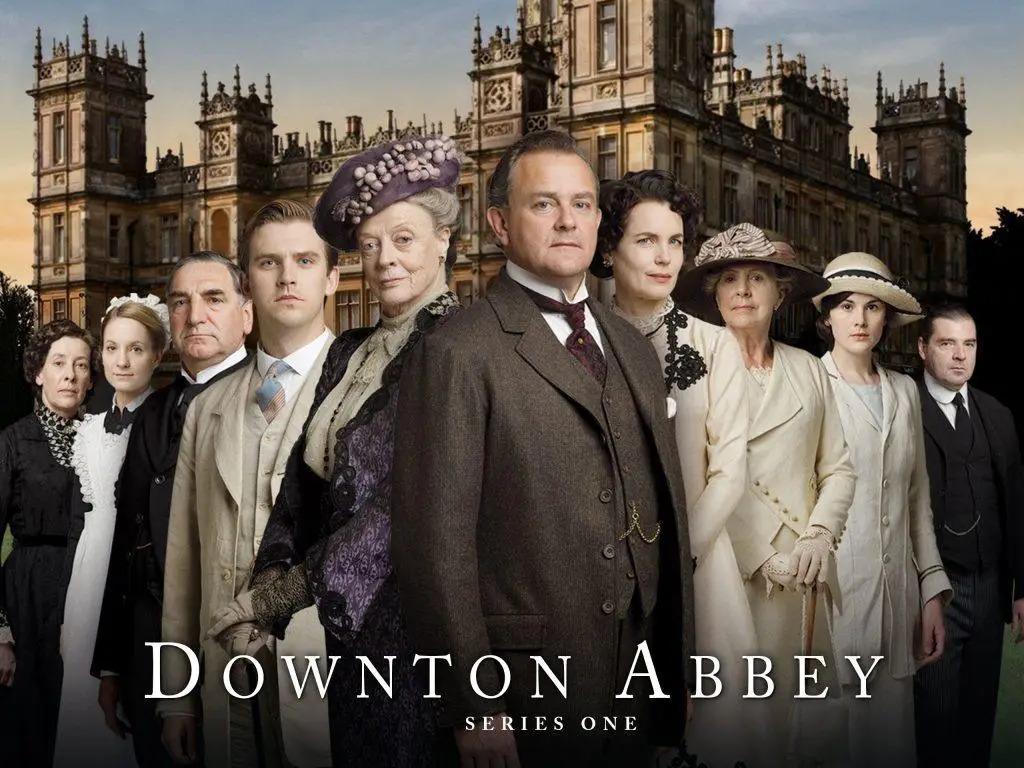Downton Abbey is a treasure trove of insights that extend well beyond its dazzling period drama façade. For an SME business founder crafting a seamless transition, here are three key lessons distilled from the estate’s storied halls:
Uphold Your Legacy and Core Values
Downton Abbey isn’t just a stately home, it embodies a legacy built on tradition, deeply ingrained values, and a recognizable identity. For an SME, a succession plan should do more than merely transfer leadership. It must safeguard the essence of what makes your business unique and meaningful. Ensuring that your successors not only understand but live by your company’s core values is the bedrock of long-term trust and brand integrity.
Embrace Evolution Without Losing Identity
The Crawley family’s journey is defined by the delicate balance between preserving time-honored customs and navigating modern pressures. In a business context, this translates to selecting leaders who are agile and capable of innovating in a changing environment while remaining true to the company’s heritage. Succession planning should focus on nurturing successors who can integrate new strategies and technologies without eroding the very identity that has made your business successful.
Establish Clear, Conflict-Free Transition Paths
Much of the intrigue in Downton Abbey arises from internal conflicts and family rivalries. When it comes to business, ambiguity or personal bias in leadership succession can be just as destructive. A well-articulated succession plan—one that sets out clear criteria and conflict-resolution mechanisms—ensures that the transition is smooth and that leadership challenges are met with unity rather than discord. This clarity helps in preempting disputes and fortifying business against internal fractures during periods of change.
These three insights—from preserving your legacy and embracing change, to establishing clear succession paths—offer a roadmap for ensuring that your business continues to thrive across generations. Which of these resonates with your vision for your own business legacy, and where do you see the biggest challenge?

